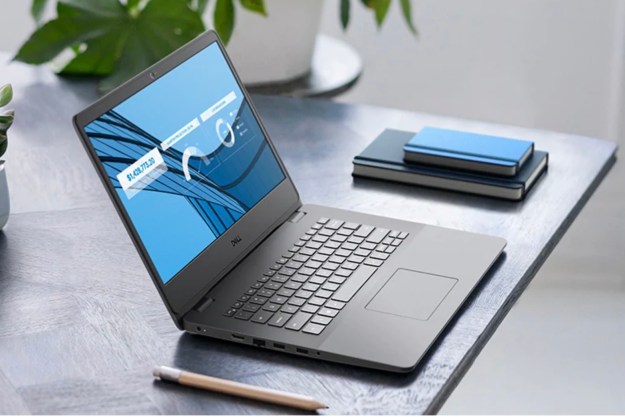NextVR thinks Google’s standalone headset will bring more court side movements to mobile VR. “For instance, you are watching our center court camera feed and something obstructs the camera like a ref stands in front of the camera, you can physically move your body and look around it,” Cole said. That is thanks to Google’s WorldSense technology, which will allow its headset to track your motions without external sensors. The motion tracking is known as “six degrees of freedom” (6DOF) as you are able to move up, down, left, right, backwards, and forward in a 3D space.
Before you think you will be running on court to get face to face with Lebron, Cole wants to temper expectations.
Before you think you will be running on court to get face to face with Lebron, Cole wants to temper expectations. “This doesn’t mean you can get up and walk out on court,” Cole said “It is, in its first incarnation, limited to a certain sort of viewing box where we have camera coverage.” With the freedom afforded by a standalone headset, if NextVR can place enough cameras together, you may be able to walk around a basketball arena in VR.
If you have ever watched a basketball game in VR, you have probably been amazed at being court side, but a bit underwhelmed you could only look up down and around. Especially when a player or a referee obstructs your view and you can not adjust your view to look around them. That is because mobile VR headsets such as Samsung Gear VR and Google Daydream only give you three degrees of freedom (3DOF) allowing you to look horizontally and around in a 3D space, but you can not move in it.
Watching a basketball game in virtual reality is taxing on the phone. Before you know it, it’s halftime and your battery is dying, your phone is hot, and the VR stream is choppy because of it all. Google’s standalone headset housing everything inside one device sounds like an explosion waiting to happen, but Cole thinks the Qualcomm 835 chip in the headset will be a game changer. “[Qualcomm] 835 is purpose built and beyond to do this computation without totally burning up the battery of the device.” That chip is handling so much it allows for the device to do other things which “lets you watch a full basketball game without killing your battery,” Cole said.

Virtual reality has steadily grown from a novelty to burgeoning industry, but there has been an Apple-shaped gap in the market. Outside of sticking your iPhone into Google’s Cardboard VR headsets, iOS users have largely been left out of the current VR wave. Cole sees standalone devices like Google’s as the perfect entry points for those users. “It’s appealing to the iOS user community, because even though [Google’s standalone VR headset] is an Android device, it’s really a VR appliance,” Cole said. “When you buy VR applications, you are buying Daydream applications, and not in any way Android applications.”
That means NextVR could soon bring tens of millions of iOS users their first viewing of a full basketball game in VR. Cole said he could not comment on if he knew about Google’s standalone VR headset before it was unveiled to the world at this year’s Google I/O. But, he did say “we are very familiar with the product.” So, expect NextVR to be a big player when virtual reality no longer needs your phone to be mobile.


